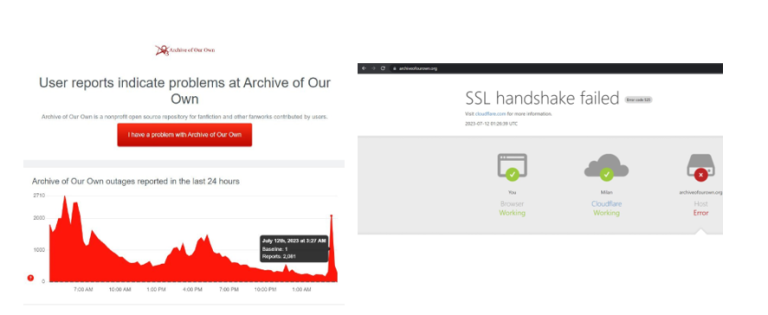Description :
The rebranding of the Cyclops ransomware group as ‘Knight’ and their announcement of a new version 2.0 is concerning and indicates their intent to continue their malicious activities. The fact that they have listed six victims on their old panel and blog highlights the extent of their impact on organizations.
- Rebranding and Relaunch: The decision to rebrand as ‘Knight’ and launch a new version 2.0 suggests that the group is trying to enhance its image and possibly improve their ransomware capabilities for more effective attacks.
- Shutdown of Old Panel: The shutdown of their old panel and blog may indicate a shift in their operational methods and the adoption of new infrastructure.
- Victim Count: The listing of six victims on their old panel is an indication of the group’s successful ransomware attacks. However, it is important to note that there could be more unreported victims.
- TOX Addresses and Recruitment: By publishing their TOX addresses, the group is seeking to hire new members, which could potentially expand their reach and capabilities, posing an even greater threat to organizations.
Responses :
- Threat Intelligence Sharing: Law enforcement agencies and cybersecurity experts should work together to gather and share threat intelligence to track the activities of the rebranded ransomware group.
- Ransomware Preparedness: Organizations should enhance their ransomware preparedness measures, including regular data backups, robust network security, employee training on phishing and social engineering, and incident response planning.
- Public Awareness: Raising awareness among the public and organizations about the evolving threat of ransomware can help prevent successful attacks and protect potential victims.
- Law Enforcement Action: Law enforcement agencies should actively investigate the group’s activities and take appropriate legal action against its members.
- Cybersecurity Collaboration: Organizations, both public and private, should collaborate on cybersecurity efforts, sharing best practices, and collectively countering ransomware threats.
- Employee Vigilance: Employees should be vigilant about suspicious emails, links, or attachments, as these are common entry points for ransomware attacks.
- Adopting Security Tools: The use of security tools, such as antivirus and endpoint detection and response (EDR) solutions, can help organizations detect and prevent ransomware attacks.
Take Away: Ransomware groups are continuously evolving, making it critical for organizations and cybersecurity professionals to stay ahead of their tactics. Collaboration, preparedness, and proactive cybersecurity measures are key to mitigating the impact of ransomware threats.
Disclaimer : The information provided herein is on “as is” basis, without warranty of any kind.
Post Views: 574





